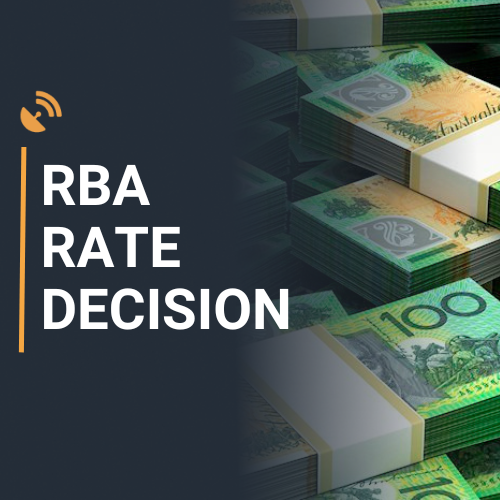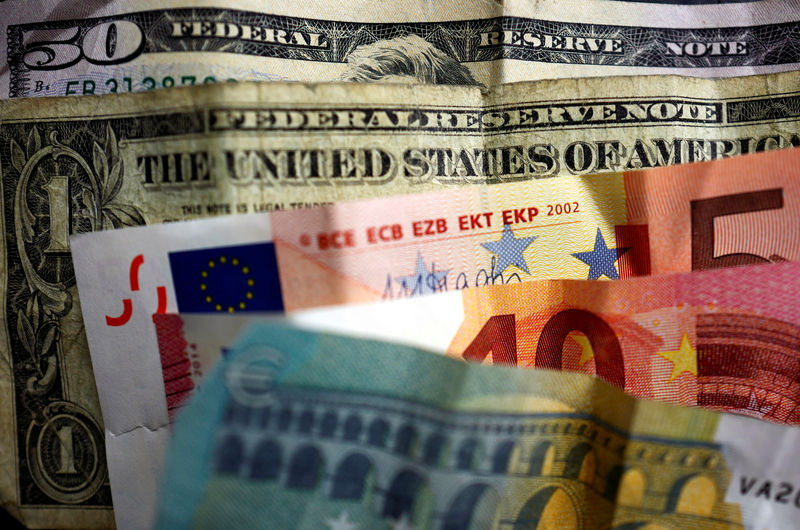- The benchmark interest rate in Australia is likely to remain at 4.35% for the seventh straight meeting in September.
- The Reserve Bank of Australia Governor Michele Bullock’s press conference will hog the limelight.
- The RBA’s policy statement and Bullock’s words are set to inject volatility around the Australian Dollar.
The Reserve Bank of Australia (RBA) is likely to continue bucking the trend adopted by major central banks of the dovish policy pivot, opting to maintain the policy for the seventh consecutive meeting on Tuesday.
The RBA is widely expected to hold the Official Cash Rate (OCR) at 4.35% following its September monetary policy meeting. The decision will be announced at 04:30 GMT, with Governor Michele Bullock’s press conference to follow at 05:30 GMT.
No Reserve Bank of Australia rate cuts expected this year
Economists and industry experts unanimously expect the central bank to hold the policy rate yet again after RBA Governor Michele Bullock clearly said in her speech at the Anika Foundation earlier this month that “the board does not expect to be in a position to cut rates in the near term.”.
Bullock argued that inflation pressures, particularly in home construction, insurance and the rental market, continued to be high in some parts of the economy even though Australian Treasurer Jim Chalmers voiced concerns that interest rates have “smashed” the economy.
Australia’s economy, however, added more jobs than expected in August as the Unemployment Rate remained steady at 4.2%, the Australian Bureau of Statistics (ABS) reported on September 19. Strong Australian employment data indicated the labor market resilience, in the face of a slowing economy, supporting the RBA’s view that an interest-rate cut appears less likely in the short term.
RBA Assistant Governor (Economic) Sarah Hunter said earlier this month that “the labor market is still tight relative to full employment.” She added that the bank “viewed current conditions to be ‘above’ full employment with jobless rate needing to rise to ensure inflation’s retreat continued.”
Further, the RBA is unlikely to act until the release of the critical Consumer Price Index (CPI) data for Q3, due on October 30, which could validate the central bank’s progress on inflation.
Previewing the RBA policy decision, analysts at TD Securities (TDS) said: “RBA communication and the run of data since the Bank’s August meeting provides no compelling reason for a shift in stance at this week’s meeting, ruling out a rate cut this year.”
How will the RBA interest rate decision impact AUD/USD?
The Australian Dollar (AUD) is trading close to the highest level in eight months against the US Dollar (USD) heading into the RBA event risk. The ongoing uptrend in the AUD/USD pair could be mainly attributed to the divergent monetary policy outlooks between the US Federal Reserve (Fed), which has just started its easing cycle, and the RBA.
The Fed announced a 50 bps rate reduction at its September meeting last week, bringing the fed funds rate to the range of 4.75%-5.0%. In contrast, markets expect the RBA to go for the first 25 bps rate cut to 4.10% only by February 2025, according to the ASX RBA Rate Tracker.
If RBA Governor Bullock sticks to her hawkish rhetoric by reiterating that “it is premature to be thinking about rate cuts,” AUD/USD could extend the ongoing uptrend to test the 0.6900 threshold.
Alternatively, the pair could come under intense selling pressure and target the 0.6700 level in case Bullock acknowledged the economic slowdown, which could contribute to easing price pressures in the coming months.
With a no-rate change decision already a given, the language in the policy statement and Bullock’s remarks during the press conference are likely to grab the eyeballs and offer a fresh directional impetus to the Aussie traders.
Dhwani Mehta, Asian Session Lead Analyst at FXStreet, notes key technicals to trade AUD/USD on the policy outcome. “AUD/USD hangs close to eight-month highs above 0.6800 as the RBA decision looms. The 14-day Relative Strength Index (RSI) points north above the 50 level, currently near 64.50, backing the Aussie’s bullish potential.”
“Buyers need to scale the static resistance at around 0.6900 for a sustained uptrend. The next topside barrier is seen at the 0.6950 psychological level en route to the 0.7000 threshold. On the flip side, any corrective decline could meet the initial demand area at the 21-day Simple Moving Average (SMA) of 0.6747, below which a fresh downtrend toward 0.6670 cannot be ruled out. That level is the confluence of the 50-day and 100-day SMAs,” Dhwani adds.
Central banks FAQs
Central Banks have a key mandate which is making sure that there is price stability in a country or region. Economies are constantly facing inflation or deflation when prices for certain goods and services are fluctuating. Constant rising prices for the same goods means inflation, constant lowered prices for the same goods means deflation. It is the task of the central bank to keep the demand in line by tweaking its policy rate. For the biggest central banks like the US Federal Reserve (Fed), the European Central Bank (ECB) or the Bank of England (BoE), the mandate is to keep inflation close to 2%.
A central bank has one important tool at its disposal to get inflation higher or lower, and that is by tweaking its benchmark policy rate, commonly known as interest rate. On pre-communicated moments, the central bank will issue a statement with its policy rate and provide additional reasoning on why it is either remaining or changing (cutting or hiking) it. Local banks will adjust their savings and lending rates accordingly, which in turn will make it either harder or easier for people to earn on their savings or for companies to take out loans and make investments in their businesses. When the central bank hikes interest rates substantially, this is called monetary tightening. When it is cutting its benchmark rate, it is called monetary easing.
A central bank is often politically independent. Members of the central bank policy board are passing through a series of panels and hearings before being appointed to a policy board seat. Each member in that board often has a certain conviction on how the central bank should control inflation and the subsequent monetary policy. Members that want a very loose monetary policy, with low rates and cheap lending, to boost the economy substantially while being content to see inflation slightly above 2%, are called ‘doves’. Members that rather want to see higher rates to reward savings and want to keep a lit on inflation at all time are called ‘hawks’ and will not rest until inflation is at or just below 2%.
Normally, there is a chairman or president who leads each meeting, needs to create a consensus between the hawks or doves and has his or her final say when it would come down to a vote split to avoid a 50-50 tie on whether the current policy should be adjusted. The chairman will deliver speeches which often can be followed live, where the current monetary stance and outlook is being communicated. A central bank will try to push forward its monetary policy without triggering violent swings in rates, equities, or its currency. All members of the central bank will channel their stance toward the markets in advance of a policy meeting event. A few days before a policy meeting takes place until the new policy has been communicated, members are forbidden to talk publicly. This is called the blackout period.













